When it comes to starting up or growing your agency, leads are the ticket to getting you from point A to point B. They’re the stepping stones that lead you to your next customer. But here’s the thing: having leads isn’t enough. You need a way to capture them, nurture them, and turn them into loyal customers who keep coming back for more.
Attract, convert, and retain more customers with less manual work
That’s where a lead generation funnel can come in handy. It’s a trusty guide meant to help you navigate the winding road from sales funnel leads to repeat business. So, let’s take a closer look at why these funnels are so useful and how they can help you level up your digital marketing agency’s sales game.
What are sales funnel leads?
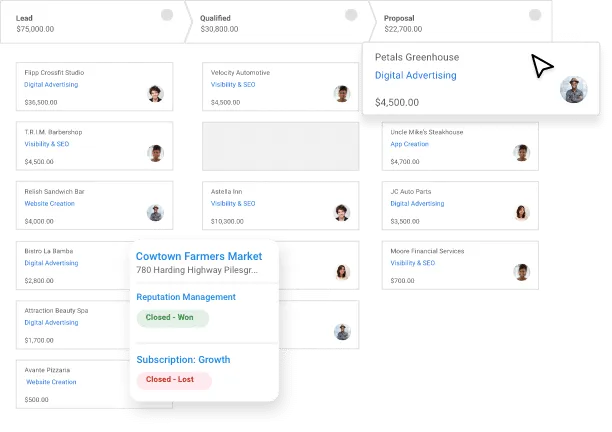
Essentially, sales funnel leads are potential customers who have shown some interest in what you’re offering. They might have visited your website, signed up for a newsletter, or even reached out with a question.
These leads have the potential to grow into loyal customers with a little nurturing. Contrary to popular belief, leads don’t always naturally move through a funnel. Instead, the funnel is more like a horizontal structure, unaffected by gravity. In essence, it requires effort to guide sales funnel leads along the journey and convert them into customers.
Think of your sales funnel as a journey and leads are the travelers. Your goal is to guide them through each stage of the funnel, from awareness to consideration to decision, until they’re ready to make a purchase. At the end of the day, your lead generation system is all about client relationship management (CRM) and providing value every step of the way.
Lead generation vs. demand generation
Lead generation and demand generation are two important components of your content marketing strategy, each with its own role in driving business growth. While demand generation focuses on raising awareness and fostering interest in your brand among potential customers, lead generation is all about turning those interested prospects into paying customers.
What is a lead generation funnel?
A lead generation funnel’s main purpose is to guide potential clients from just discovering your agency to signing on the dotted line. Imagine you’re on the hunt for new clients, and you need a strategy that will not only attract their attention but also convince them to eventually pay you.
This process can be broken down into four main stages:
- First up is the awareness stage. This is where prospects first learn about your agency through SEO and the services you offer.
- The second stage is interest, where you attempt to engage with your leads by providing them with valuable information that addresses their needs.
- Next comes consideration, where they start weighing their options and considering whether your agency is the right fit for their needs.
- Finally, there’s the decision stage, where they’ve weighed their options and are now ready to take the plunge and become your newest client.
By guiding prospects through these stages, you’re not just selling something to them—you’re building a relationship. And that’s what sets your digital agency apart from the competition.
In the next section, we’ll dive a little deeper into these four stages of acquiring sales funnel leads and some lead generation best practices.
Also see: Why lead generation outsourcing is key to maximizing your growth potential
Stages of a lead generation funnel
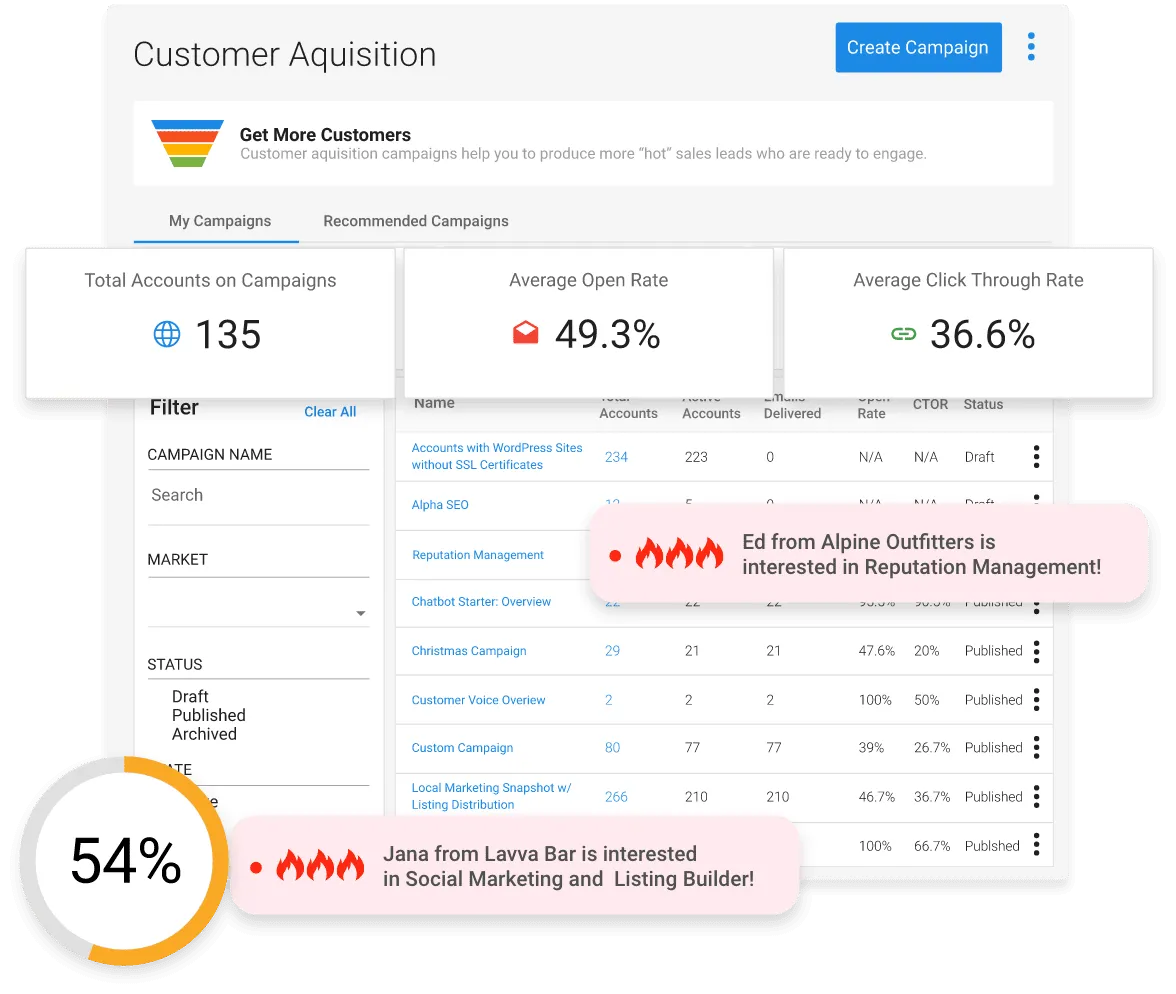
1. Awareness
This is where the magic begins. Your goal here is to attract potential clients through your content marketing lead generation efforts and create awareness about your agency. The key is to get your agency’s name out there and grab people’s attention.
How to get started: Share helpful tutorials or blogs on social media platforms, host webinars to showcase your expertise, and participate in industry events or conferences.
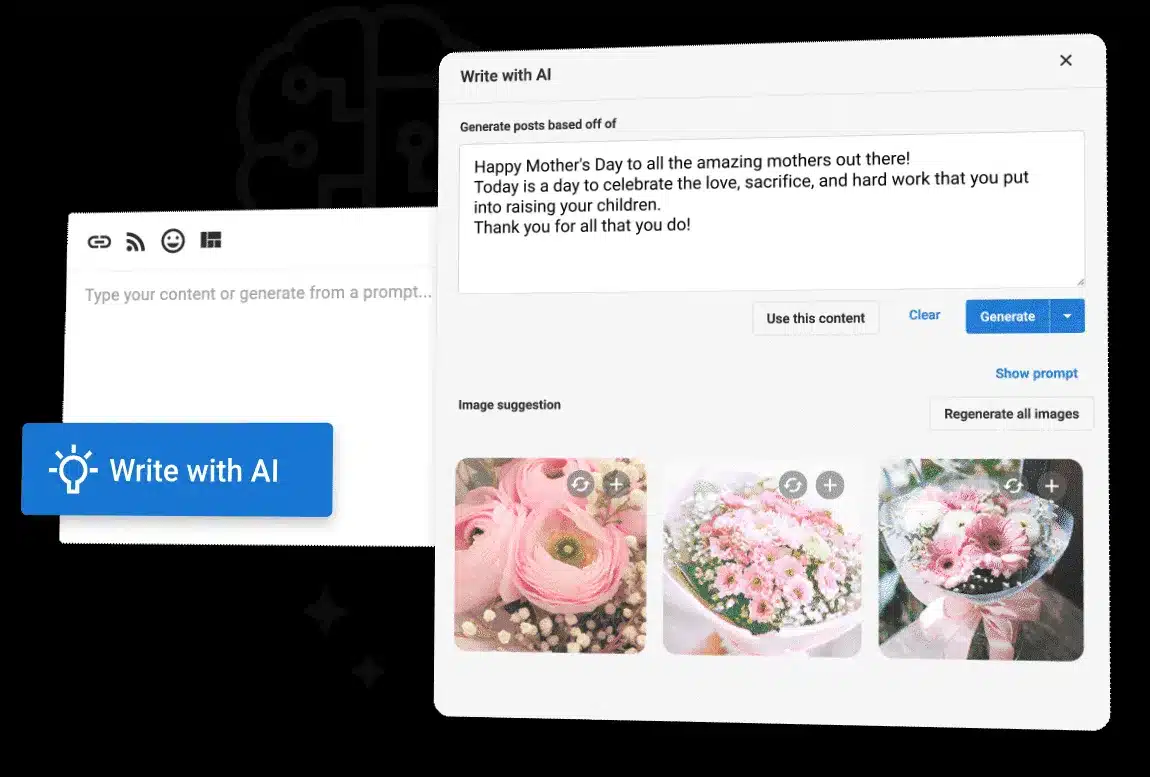
Not a writing maestro? You don’t have to be to create high-conversion content. Start your next social media marketing campaign in just a few clicks with Social Marketing powered by AI.
2. Interest
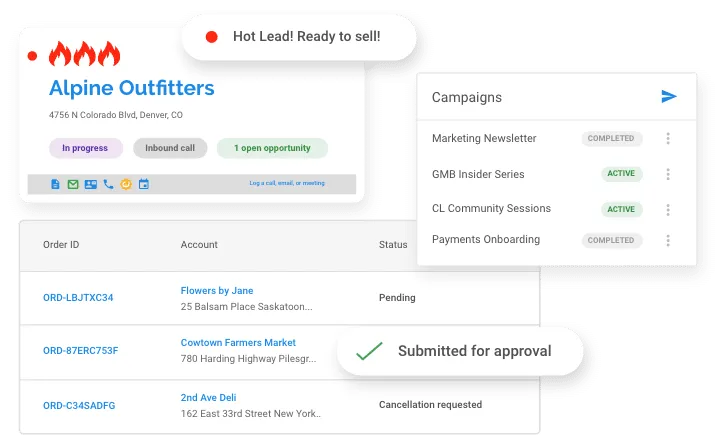
Now that you’ve got their attention, it’s time to reel them in. This stage is about engaging potential clients with valuable content and addressing their pain points. Show them that you understand their challenges and that you have the expertise to help them overcome them.
Whether it’s through blog posts, case studies, or webinars, the goal is to keep them interested and hungry for more.
How to get started: Create in-depth case studies highlighting successful client projects, offer free downloadable resources like eBooks or whitepapers, and host live Q&A sessions on social media.
3. Consideration
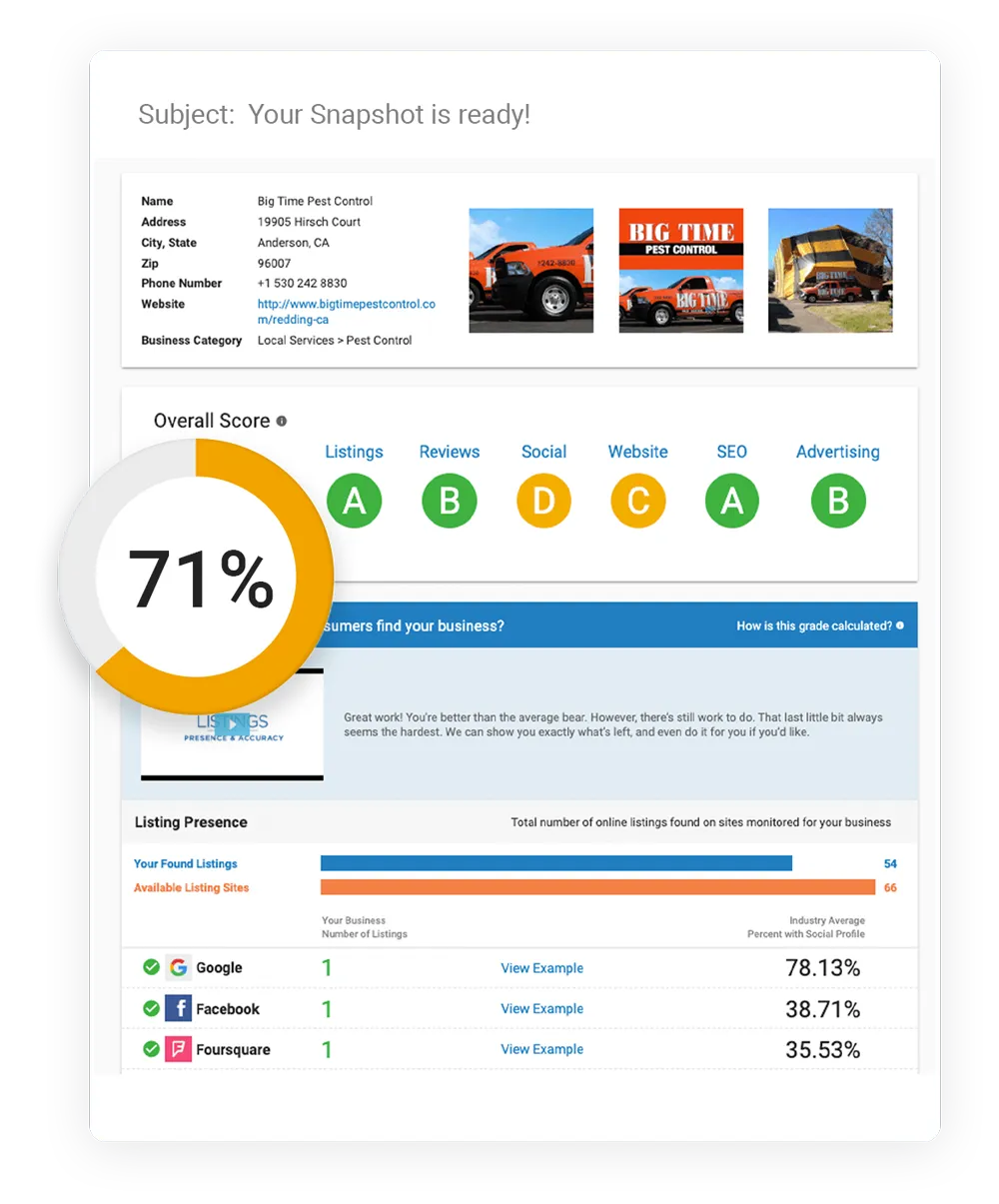
Once you’ve piqued their interest, it’s time to nurture those leads and build trust. This is where you offer targeted solutions to their problems and demonstrate why your agency is the best choice for them. Our Snapshot Report can help you with that.
The goal of this stage is to keep them engaged and moving through the funnel straight towards the finish line.
How to get started: Sending personalized email campaigns with relevant content or offers, offering free consultations to discuss specific client needs, and showcasing client testimonials on your lead generation website or social media channels.
4. Decision
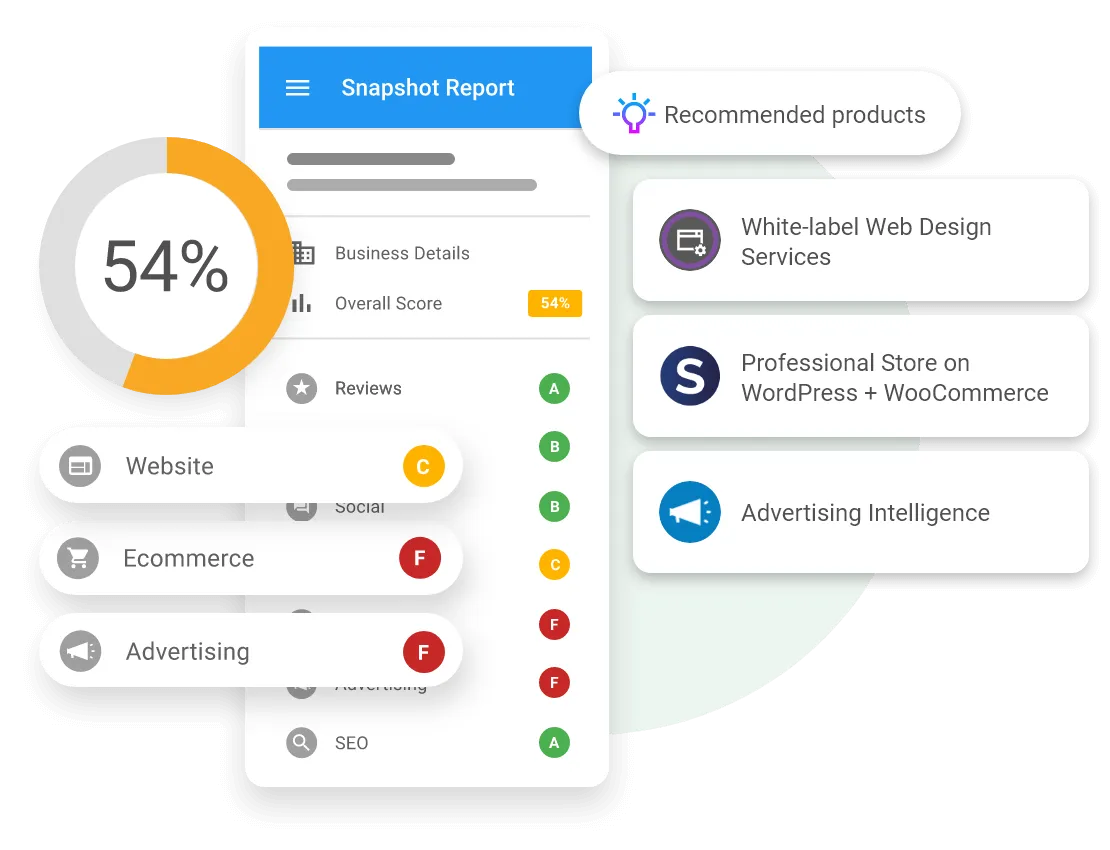
The moment of truth: when all your hard work pays off. This is where you aim to inspire leads to take the leap and become valued clients. Whether it’s through special offers, discounts, or simply showcasing the value you bring to the table, the goal is to seal the deal and turn those leads into loyal customers.
How to get started: Offering limited-time discounts or promotions for new clients, providing transparent pricing information, and offering guarantees or assurances to alleviate any concerns or doubts.
How to build a lead generation funnel
Building a lead generation funnel is like constructing a bridge connecting your business and potential clients. Each section is important in guiding prospects toward your end goal, so make sure to set down a solid foundation.
Here’s a step-by-step guide to help you build an effective lead generation funnel for sourcing leads:
1. Define your target audience and create buyer personas
Before you start building your funnel, you need to know who you’re targeting. Define your ideal customers and create detailed buyer personas outlining their demographics, interests, pain points, and buying behaviors. This will guide your marketing efforts and ensure that you’re attracting the right audience.
For example, suppose you’re a digital marketing agency focusing on local lead generation. In that case, your buyer personas might include “Savvy Sally,” a small business owner looking to improve her online presence, and “Startup Steve,” an entrepreneur seeking affordable marketing solutions to launch his new venture.
2. Develop a compelling lead magnet or offer
Once you know who you’re targeting, it’s time to create an irresistible offer that will entice prospects to engage with you. This could be anything from an eBook, checklist, webinar, or free consultation—something valuable that addresses a specific pain point or solves a problem for your target audience.
For instance, if we continue with our previous example where you’re targeting Savvy Sally, your lead magnet could be an eBook titled “10 Proven Strategies to Boost Your Online Visibility,” offering practical tips and advice to help small business owners improve their digital presence.
3. Create landing pages and optimize them for conversions
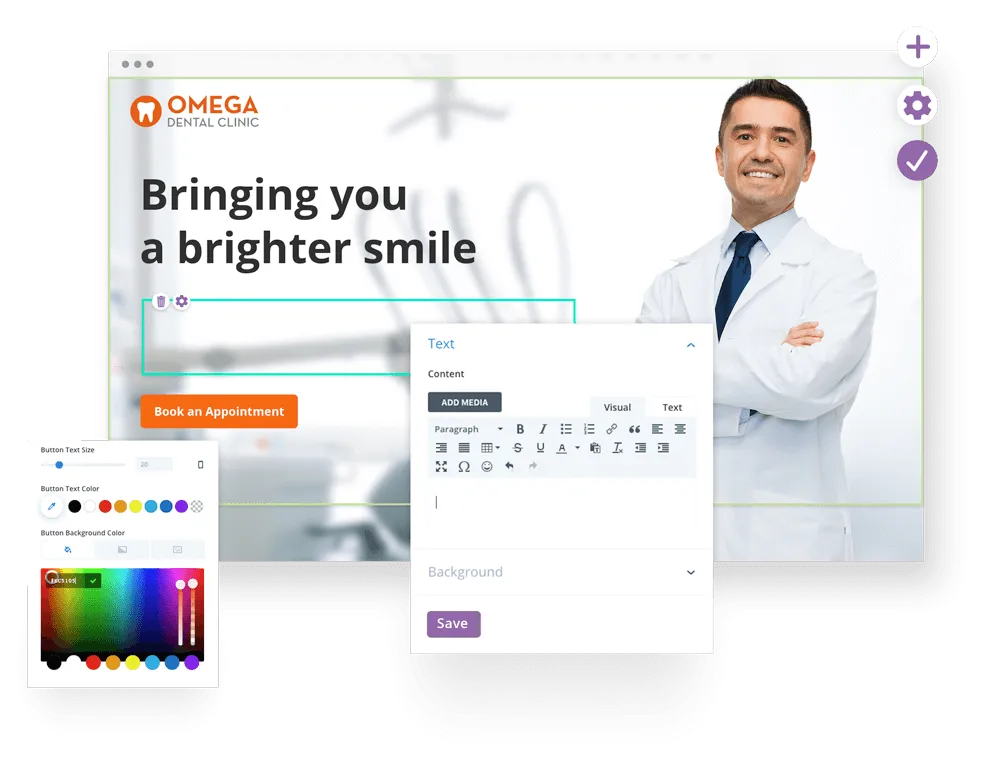
Next, create dedicated landing pages for your lead magnet or offer. Keep your landing pages clean, visually appealing, and focused on the offer. Use persuasive copy, compelling visuals, and clear call-to-action (CTA) buttons to encourage visitors to take action and download your offer.
For example, you could design a lead generation landing page that highlights the benefits of your eBook and includes a prominent CTA button prompting visitors to download it in exchange for their contact information.
4. Implement lead capture forms and call-to-action buttons
To capture leads, you’ll need lead capture forms strategically placed on your landing pages. Keep your forms simple and only ask for essential information, such as their name and email address. Pair your forms with CTAs that clearly communicate the value of your offer and prompt visitors to take the next step.
For example, you could include a lead capture form with a CTA button that reads “Download Now” or “Get Your Free Copy” beneath the description of your eBook on the landing page.
5. Nurture leads through email marketing and personalized content
Once you’ve captured leads, it’s time to nurture them through targeted lead generation-focused email marketing campaigns and personalized content. Segment your leads based on their interests, behaviors, and where they are in the buying journey, and deliver relevant content that keeps them engaged and moving through the funnel.
Remember that eBook we were talking about? Try sending a series of automated emails to new leads, offering additional resources, case studies, or testimonials related to the topic of your eBook to further educate and build trust with them.
6. Analyze and optimize your funnel for better results
Last, but certainly not least, make sure to continuously monitor and analyze the performance of your lead generation funnel. Track key lead generation metrics such as conversion rates, click-through rates, and lead quality, and use this lead generation database to identify areas for improvement. Experiment with different strategies and test new elements to optimize your funnel for the best results.
Going back to our landing page example, you can use A/B testing to compare different variations of your landing pages and email campaigns. From there, you can use analytics and lead generation tools to track how leads are progressing through your funnel and where they may be dropping off. After you identify the problem, tweak your strategy to help nudge more folks across the finish line.



